.jpg)
Support to Land Reform Initiatives in Nepal
Project
Title: Support to Land Reform Initiatives in Nepal
Project Background:
More than 60% of the population in Nepal is dependent on agriculture while
some 20% are still landless squatters, slum-dwellers, or sharecroppers without
security of land they operate. Land to the landless and home to the homeless
have been the popular slogans since the democratic change of 1951 and a new
land reform program was initiated in 1964 but could not deliver the desired
results. Access to land and land use conflicts have remained one of the
triggers of popular agitations and even armed conflict (1996- 2006). The issue
of landlessness and security of tenure over informal landholdings was further
highlighted during post-earthquake recovery and reconstruction in the aftermath
of the 2015 massive earthquake which required submission of a Land Ownership
Certificate for access to housing grants. The 1915 Constitution of Nepal has
set avenue for pro-poor land reform which required to be supported by necessary
policy framework, legislation, and technical tools for implementation.
UN-Habitat
has initiated support to land reform initiatives in Nepal since 2013 firstly
through Multi Partner Trust Fund (MPTF) and later taken over by Global Land
Tool Network (GLTN) funding. The overall goal of
the intervention is to support upscaling implementation of Fit-For-Purpose
(FFP) Land Administration Country Strategy, policy support and capacity
development. The catalytic support provided by different
stakeholders including UN-Habitat, local government, NGO’s, INGO’s, CSOs etc.
in terms of technical as well as financial has made possible to achieve the
desired objectives.
The activities implemented to meet the objective are as follows:
- Research on Typology of Locally present Land Tenure Categories
- Support to National Land Policy development
- Support to Develop a FFP Land Administration Country Strategy for Nepal
- Implementation of FFP approach for Identification, Verification and Recordation (IVR) of landless, slum dwellers and informal land tenure holders and applying Social Tenure Domain Model (STDM) tools
- Land Context Mapping Guidelines applying STDM tools and dissemination.
- “Land Information System (LIS): System Specification and Project Road Map” documentation.
- Support to Land Information System development for scale up.
The interventions and the contributions from GLTN/ UN-Habitat a few strategic outcomes have been achieved in support of tenure security for all in Nepal. Notable among them are:
- Government of Nepal approved National Land Policy, 2019
- Land Act (Seventh Amendment) and the Housing Rights Act were enacted to implement the constitutional provisions of “land to the landless Dalits” and “right to adequate housing”.
- Land Use Act and the Land Act (Eighth Amendment) were enacted. The Acts are related to improve general land governance and have provisions in support to the implementation of land Policy and FFP approach. The Land Act (Eighth Amendment) and Land Rules (Eighteenth Amendment) provide for allocation of land to the landless and regularization of informal tenure up to designated size.
- To implement the provisions of allocation of land to the landless and regularization of informal tenure, Land Issues Resolving Commission (called Land Commission) has been commissioned by the Government. For the purpose the Land Commission has prioritized application of FFP approach. The Commission has benefited from the results of the piloting of STDM in different municipalities and in the implementation of the FFP approach.
The legislative and institutional framework are in place and more technical support in the implementation are continued.

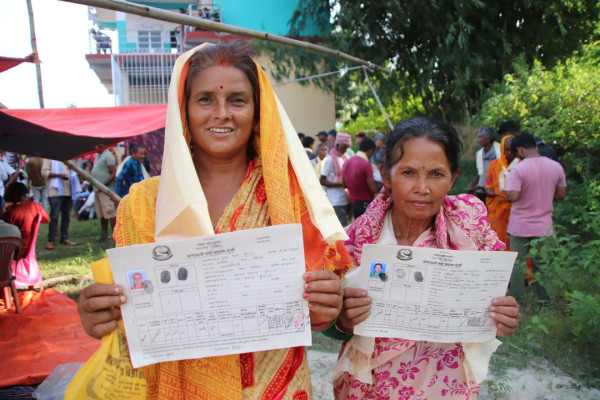
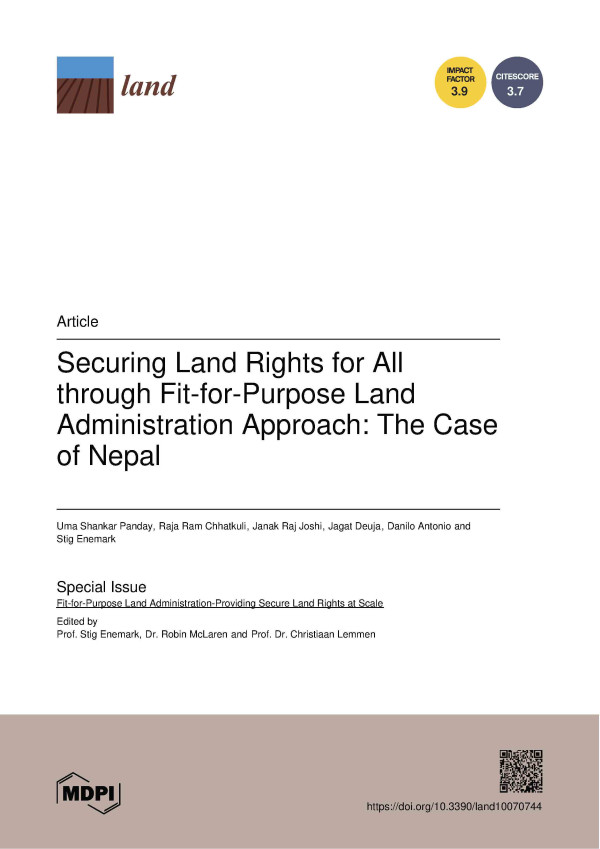
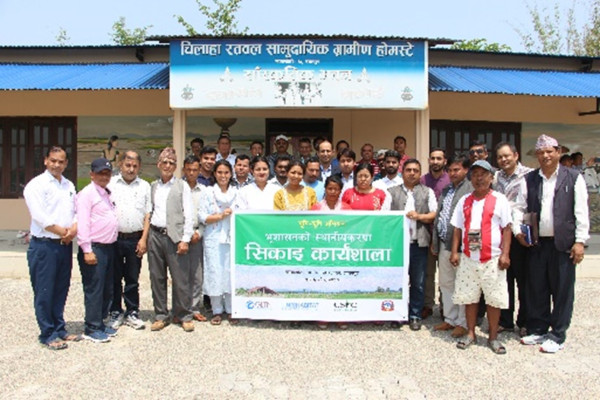

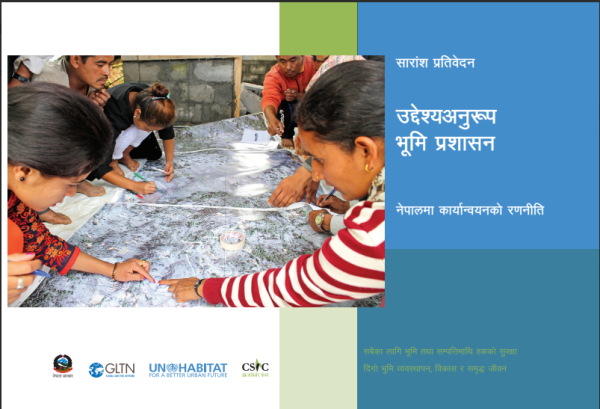
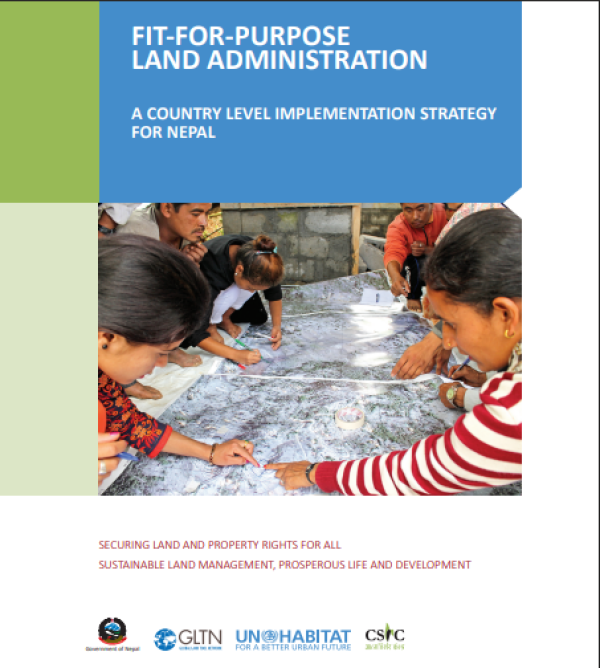
.jpg)